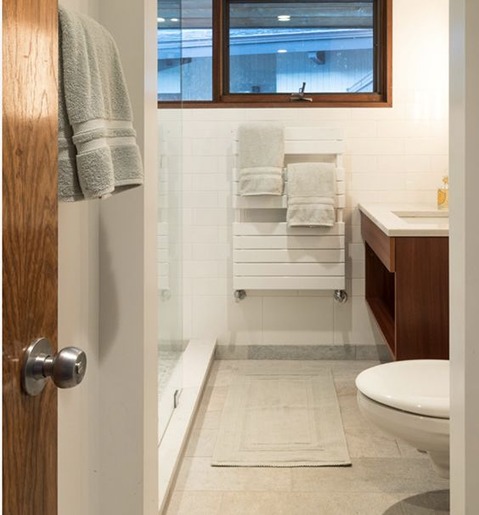A Comprehensive Guide to Optimal Window Height
Window height can play a significant role in the overall aesthetic appeal of a room or building. By choosing the optimal window height, architects and designers can create a visually stunning space that draws the eye and captures attention. Windows that are too high or too low can disrupt the flow of a room and make it feel unbalanced
On the other hand, windows that are placed at the right height can enhance the room’s symmetry and create a harmonious look. Additionally, the height of the window can impact the amount of natural light that enters the space, which can affect the mood and atmosphere of the room. Overall, choosing the perfect window height is essential to creating an eye-catching and visually appealing space.

Different Types of Windows
The standard height of windows from the floor is a crucial factor to consider during the design of both residential and commercial buildings. The choice of window type and its intended purpose may influence the height from the floor, which typically ranges from at or slightly above the floor level. This height ensures ease of use and accessibility while maintaining optimal ventilation and natural lighting within the space. Therefore, careful consideration of the appropriate window height should be made during the design phase to ensure the best possible outcome for the occupants.
Double Hung Windows
Architects often choose double-hung windows as they are a popular option. The standard height for this type of window usually falls between 18 to 24 inches, but it should not exceed 36 inches. This height ensures that the window is both comfortable to view through and within the standard range of height.
During the planning stage of a room’s design, it’s essential to consider the height of nearby furniture as it can impact the ideal window height. If the furniture is low, the window should be positioned higher than the furniture, and if the furniture is high, the window should be placed higher than its height to enable unobstructed views.
Ideally, the standard window height from the floor to the top edge of the window frame should range between 0.5 and 1.5 inches below the interior wall finish. This placement level keeps the top of the window frame level with the wall and maximizes the visible area. Windows that are placed too high can impede the view, restrict the amount of light entering the room, and create a cramped feeling.
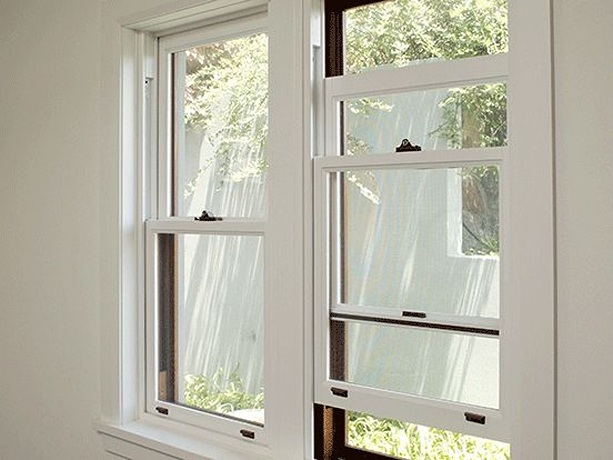
Casement windows
Casement windows are a popular choice for their easy cleaning, excellent ventilation, and variety of design options. Unlike other window types, casement windows have a sash that swings out from a side hinge. However, before installing casement windows, determining the standard height from the floor is essential.
Typically, the standard height for a casement window ranges between three to six feet, although this will depend on design preferences and other factors. For instance, large picture windows may require a height of six feet, while standard kitchen windows may only need a height of three feet. Other factors such as the surrounding area and the interior or exterior design of a home may also affect the window’s placement and its height from the floor.
When installing casement windows, most are placed at the top, bottom, or sides of a frame. Before installation, it’s crucial to measure the standard height of the window from the floor. This measurement ensures that the window is placed correctly and has enough space for efficient operation. If necessary, the window’s height can be adjusted by altering the size of the window casement, either by replacing the window frame or cutting new window openings.

Awning Window
When selecting the appropriate height for an awning window, it’s essential to consider its functionality and overall aesthetic. Awning windows are a popular choice because of their unique style and ability to provide ventilation. The standard height from the floor to the top of the window opening for awning windows is typically between 1.5 and 2.5 feet.
When determining the height of an awning window, you should also consider the size and shape of the window opening. Generally, a taller window opening is preferred over a shorter one since it allows more natural light to enter the space. A taller window opening can create a more open and airy feeling in the space.
The standard height of an awning window is determined by the overall size of the window opening. For instance, a window opening measuring 50 inches wide and 36 inches high should be located at least 40 inches from the floor. On the other hand, for a window opening that is 100 inches wide and 60 inches high, the window should be placed at least 50 inches from the floor.
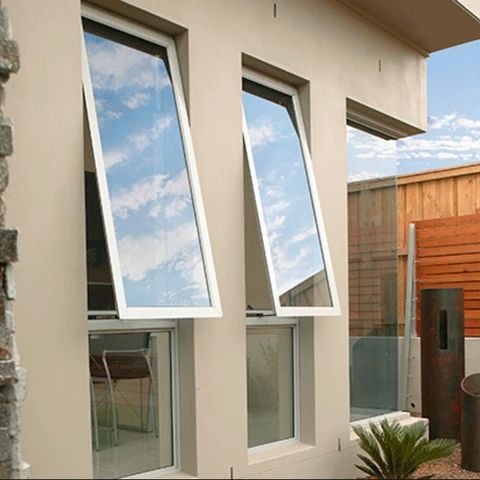
Hopper Windows
Before installing hopper windows, it is important to consider the standard height of the window from the Floor. Hopper windows are a popular choice for basements or lower levels of buildings, as they allow natural light and fresh air to enter the space. However, the standard height of the window from the Floor can vary depending on the building type and window’s purpose.
Typically, the standard height for hopper windows is between 34 to 36 inches from the Floor. However, this height may need to be adjusted based on the surrounding furniture and other items near the window. It’s crucial to take into account the size and type of the window when determining its height from the Floor.
Compared to other types of windows, hopper windows typically require a higher installation position. This is because they open inward from the top and need enough space to operate effectively. It is recommended to consult with a professional to ensure that the window is installed at the correct height and position for optimal performance and safety.
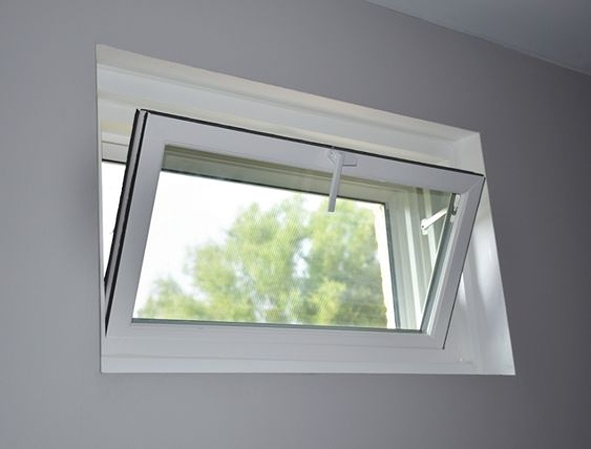
Sliding windows
Sliding windows are gaining popularity in home design due to their ease of use, energy efficiency, and contemporary appearance. Typically, the standard height for sliding windows from the floor is 36 inches, providing an optimal view of the outdoors. However, in certain cases, such as higher or lower ceilings, the window may need to be installed at a different height to maximize the view or increase natural light in the room.
Moreover, some situations may require a sliding window to be installed at a different height than the standard. For instance, a bathroom may benefit from a higher window installation to allow lighter and ventilation. Conversely, a lower height may be necessary to improve privacy and security.
In determining the height of a sliding window, safety should always be considered. If installed too low, the window can be a potential hazard to children and pets. Additionally, water damage resulting from improper installation should also be taken into account.
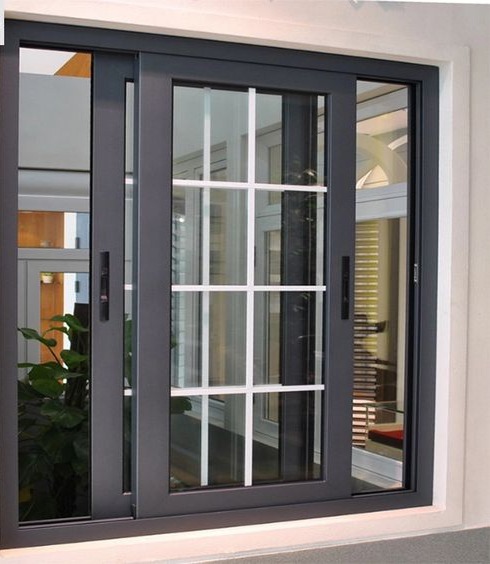
Optimal Window Heights for Different Room Types
Understanding the standard height of windows from the floor is crucial for architects when designing buildings. Window height can have a significant impact on the amount of natural light and airflow a room receives, as well as the overall size and shape of the space.
Living Room Window Height
Typically, living room windows are set at a standard height of 68-72 inches from the Floor. This height is chosen to ensure adequate privacy while maintaining an appealing visual balance in the room. However, depending on the size and thickness of the window trim, an additional inch or two may be required to create a tidy, polished appearance.

Bedroom Window Height
Designers typically follow a standard height of 40 to 45 inches, with a maximum of 48 inches, for bedroom windows. However, the height of the window from the Floor may vary depending on the desired window size and the height of the ceiling. For instance, if the room has a taller ceiling, a higher window can be installed to allow more natural light to enter the space.
Alternatively, if the homeowner desires a more shaded and private space, the designer may opt for larger shades and lower windows to limit the amount of natural light entering the room. Ultimately, the standard height of the bedroom window should align with the overall design vision and functionality of the space.
Conversely, in situations where homeowners desire a naturally shaded room, designers may choose to install larger shades and lower windows. This will help to increase privacy and decrease the amount of natural light that enters the space.
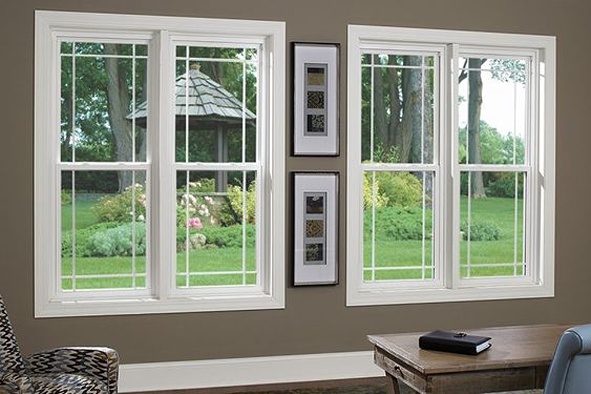
Kitchen Window Height
Careful consideration of window height is crucial when designing a kitchen. The standard height for kitchen windows is typically between 30 and 36 inches from the Floor, providing unobstructed views and adequate lighting. This height is lower than that of living rooms or bedrooms, which are usually 36-48 inches from the Floor.
When choosing the height of kitchen windows, various factors need to be considered. Firstly, the overall design of the kitchen should be taken into account. A lower window height is preferable when tall cabinets, countertops, or large furniture pieces are present in the kitchen to keep the view uncluttered and allow more natural light. Secondly, the climate and amount of sunlight the kitchen receives are crucial factors. In sunny areas, a higher window height may be beneficial, while lower windows may be more appropriate in shady areas. Finally, the view from the window, whether it faces the garden, street, or neighbor’s house, can help determine the ideal height for the kitchen window.
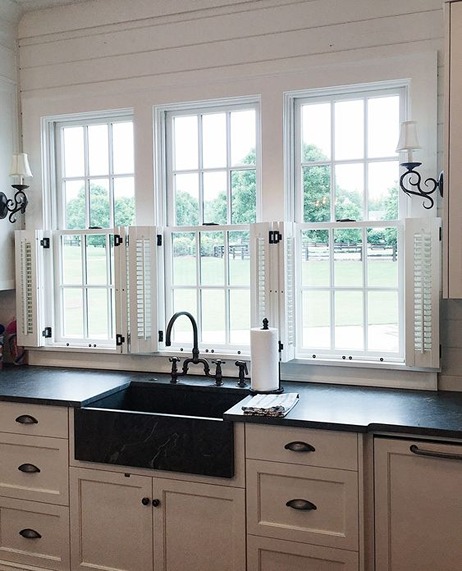
Bathroom Window Height
The standard height of a window from the floor should be a minimum of 60 inches, but this can vary based on several factors such as the window’s style, location, and size in the room. To maintain privacy and security, it is recommended that the window height should not be less than 48 inches from the floor. If the window is too low, it can be an easy access point for intruders and inconvenient for shorter individuals to operate.
If the window is placed higher than 60 inches from the floor, a low sill may be installed to ensure easy access while still maintaining the appropriate height. Another option to consider is installing a clerestory window, located near the top of the wall with the lower edge at least three feet from the floor, to allow natural light to enter the room while maintaining privacy.
It’s also essential to consider the size of the window when determining the height from the floor. A full window reaching from the floor to the ceiling may require a ledge below to create a comfortable seating area and enjoy the outside view. On the other hand, smaller windows that are 24 to 30 inches wide may not require a seating area.
